Why the Headwaters Matter For Natural Infrastructure
The headwater source areas of rivers are a huge component of overall water infrastructure systems, but historically, this natural infrastructure has gone unrecognized, to the detriment of rivers and water users downstream.
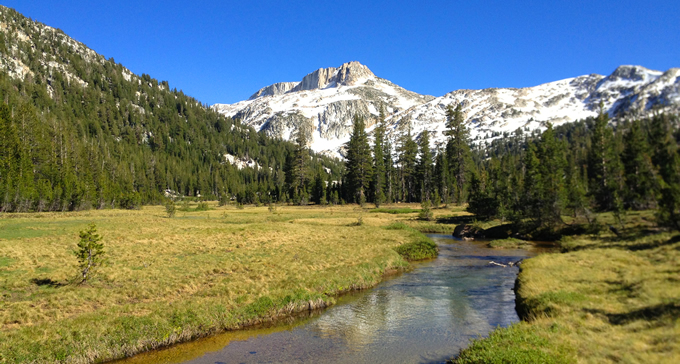
When most people think about water infrastructure, they picture reservoirs, canals, and levees. However, the forests, meadows, and snowy mountain peaks above are critical components of water infrastructure, as well. These lands form the headwater source areas that supply the water to our rivers and reservoirs.
Historically, this natural infrastructure has gone unrecognized, to the detriment of rivers and water users downstream. Luckily, managers and decision makers have begun to recognize the importance of maintaining and improving this natural infrastructure, but there is still a long way to go to catch up on overdue maintenance and to utilize natural infrastructure for maximum benefit.
California as a Case Study
In California, two thirds of the state’s water supply comes from the Sierra Nevada, the mountainous region that comprises the source of California’s major rivers. A vast network of built infrastructure called the State Water Project conveys precipitation from this region to the rest of the state. But, the headwater watersheds that feed this system have a large influence on water supply, timing, and quality, and are also integral to the long term success of the state’s water system.
For example, mountain meadows can act as natural reservoirs, moderating peak flows and storing water through the summer when the state needs it most. Forest composition and forest roads can have a major impact on sediment pollution entering downstream waterways. Improperly designed or damaged forest roads can contribute large quantities of sediment to watersheds during precipitation.
Similarly, catastrophic forest fires that occur as a result of long term fire suppression and inadequate management to reduce tree density denude the landscape resulting in major sedimentation during precipitation. In fact, boaters on the Tuolumne River in California after the catastrophic Rim Fire in 2013 said the river looked like chocolate milk due to all the sediment entering the waterway.
This is significant when you note that sediment is the number one pollutant of California waters and that much of this sediment ends up trapped behind the reservoirs of the State Water Project, reducing their capacity to store water.
California’s historical lack of recognition of natural infrastructure’s important role has resulted in a lack of resources for management and a backlog of overdue maintenance. But recently that has been changing as a number of state initiatives have begun to recognize the importance of natural infrastructure in maintaining and enhancing the state’s water supply.
For example, the critical need to improve the pace and scale of forest management for watershed health was the topic of the Sierra Nevada Conservancy’s recent Sierra Nevada Watershed Improvement Program Annual Summit.
Other recent initiatives include the 2014 California Water Action Plan, which includes objectives for headwaters improvement and meadow restoration, and the 2016 signing of California Assembly Bill 2480, which recognizes the state’s watersheds as part of its infrastructure and opens the door for conventional infrastructure financing approaches for watershed improvement.
These initiatives represent great strides toward gaining recognition for source headwater services, and ultimately toward developing a means to maintain and improve these watersheds over the long term.
American Rivers Role
In California, American Rivers has launched its first headwaters conservation program, designed specifically to protect and restore the headwater regions of California’s Rivers. Current efforts include meadow restoration, forest road repair and decommissioning, forest management, and stormwater management. We are working to build the headwaters conservation movement by piloting projects, prioritizing work, streamlining project planning, and engaging diverse partners to increase the pace and scale of watershed improvement for California rivers.

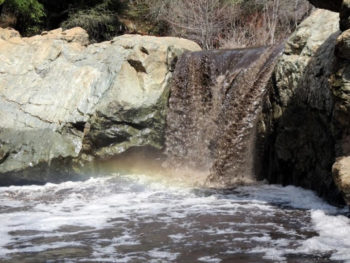
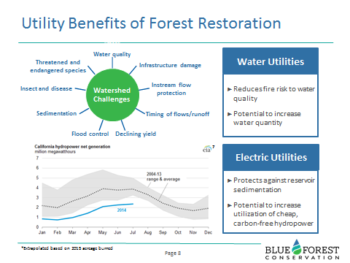
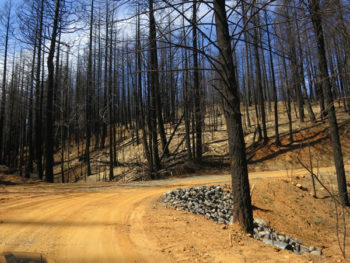


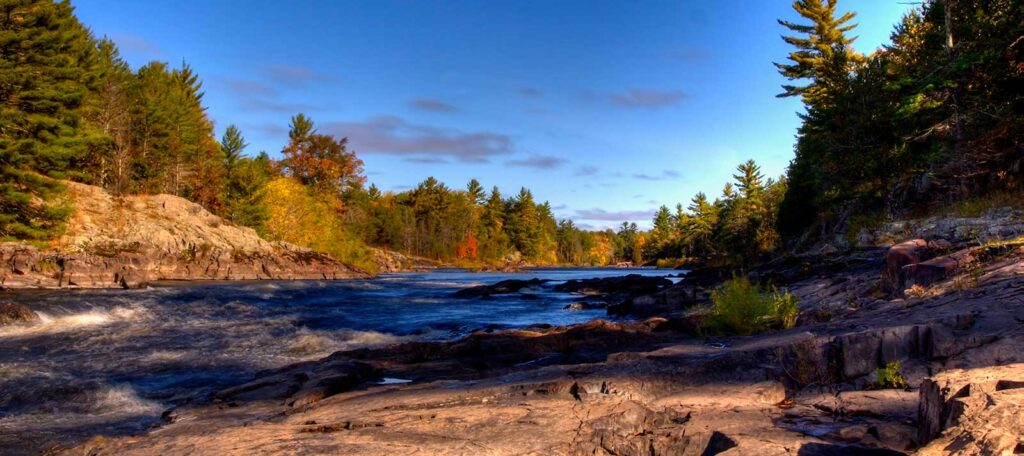
2 responses to “Why the Headwaters Matter For Natural Infrastructure”
Nice blurb about headwaters. There are many other benefits to protecting headwater watersheds than mentioned in the article. To summarize them, one could say the headwaters protect and enhance the water quality and water quality of the downstream flows. They also provide a refuge to the smaller prey aquatic life who head upstream when peak flows allow, leaving the larger predators downstream
The “Magic of Mountain Rivers “!!!